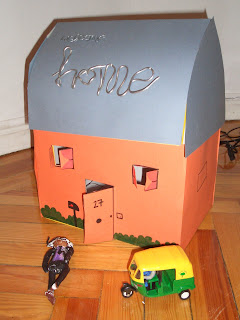
Hello ''cleva'' people!!
Well,you may have seen lots of particle models experiment but i recomend you go to this clear video of what happens when you mix some ''mentos'' with ''Coca-Cola''.
You can see this at this page:
http://www.youtube.com/watch?v=gXcIsTN14ZQ.
For that people who sometimes forget how they have to do their Experimen Reports,I will show you how:
First, you will have to know what
Observation is.
It's not just looking, but listening, smelling and felling.
Next, write this down:
For the
Explanation/Theory, you need to put what you think that happend at the experiment and, for example, in PARTICLE MODELS, how can you use this to explain what you saw.
For last, the
Conclusion:Has our aim/title been satisfied??
What did I learn??
What improvements could I make??
And remember that apparattus are
2-D pictures of the things I used.Well now I'll tell you what we did at class:
We did lots of interesting thing that we all enjoyed:
We started talking about Particle Models and we got some alcohol inside a baker,got a match and made the alcohol burn.
Then we made a really ''Cool'' experiment:
We got an egg, a bottle, a match (or two), a baker and some alcohol.
Then we tried to put the egg into the bottle but it didn't fit,so we got some alcohol into the bottle and the baker.
After that, we got a rolled paper and burned it with some burning alcohol (which we lighted up
with a match (or two))and put it into the bottle with the alcohol to light it up.then we got the egg and put it over the bottle, and because of the presure, it got in!
Well, I hope you enjoyed my FIRST ScienceTeam work.
Bye walking Brains!! :)















